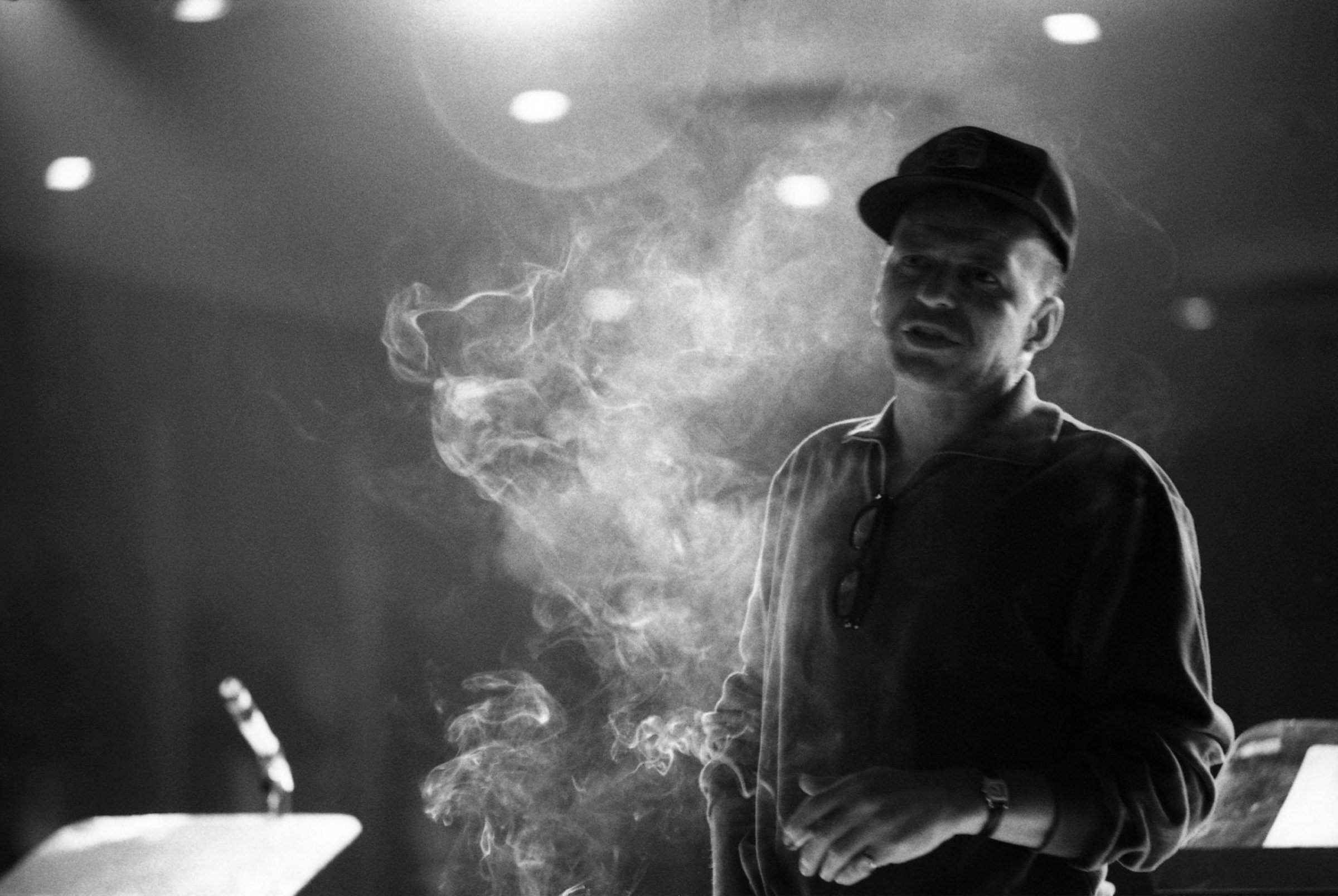
Of all the superstars who helped shape and define popular culture in the 20th century, few lasted as long in the spotlight — and even fewer were as enigmatic — as Francis Albert Sinatra.
Across seven decades, the skinny, big-eared kid from Jersey who grew up to be the Chairman of the Board influenced generations of singers, musicians and fedora-topped hepcats; triumphed on stage, in the movies (winning an Oscar for his performance in From Here to Eternity) and on TV; and crafted a public persona so indelible that, even today, the image of a figure in a tux, alone on stage, drink in one hand, mic in the other, smoke swirling in the spotlight — that image likely evokes for millions of fans the man known, simply, as The Voice.
In 1965, the year Sinatra turned 50, LIFE photographer John Dominis and editor Thomas Thompson were, as the magazine put it, “permitted” to spend time with the singer and his crew — friends, family, cohorts, fellow performers — for a cover story the magazine hoped to run. The result was a remarkable window into the man’s closely and famously guarded private world, as well as Sinatra’s own take on his celebrity and his music. Here, LIFE.com presents photos by Dominis that ran in that cover story, as well as many others that were not published in LIFE.
In the introduction to the huge, 16-page feature in its April 23, 1965 issue, “The Private World and Thoughts of Frank Sinatra,” LIFE took pains to make clear that the man, 25 years into his career as a performer, was as volatile and as deeply, weirdly inscrutable as he’d ever been:
The kid with the high-pitched voice that came out of the throat wrapped in the floppy bow tie is going to be 50 this year — and Frank Sinatra remains the most controversial, powerful and surprising entertainer around. He is a man who will angrily throw an over-cooked hamburger at his valet or an ashtray at an inept assistant — and yet never fires anyone from his huge staff of aides and hangers-on. He will spend 10 minutes of his nightclub act attacking a woman columnist so venomously that the audience gasps — and will send $100,000 to a Los Angeles college with the strict instructions that the gift not be made public. He sneers “Charley brown shoes” at people he thinks are squares and always says “thank you” when someone asks for his autograph. He is the legendary ladies’ man — and he says he has flunked out with women. He cannot read music, yet he has taken popular singing and made of it an art. He is the finest living singer of popular songs, an astonishingly good actor, an ambitious director, a shrewd businessman. . . .
Sinatra contributed memorable insights about his singing technique, the peers he loves (and those he doesn’t like so much) and more to the centerpiece of the feature — a long article, titled “Me and My Music” — that, LIFE told its readers, “Sinatra himself wrote.” Among the gems in the piece:
It was my idea [in my mid-20s] to make my voice work in the same way as a trombone or a violin — not sounding like them, but “playing” like those instruments. The first thing I needed was extraordinary breath control, which I didn’t have. I began swimming every chance I got in public pools — taking laps under water and thinking song lyrics to myself as I swam, holding my breath.
One thing that was tremendously important was learning the use of a microphone. Many singers never learned to use one. They never understood, and still don’t, that a microphone is their instrument…. [Instead] of playing a saxophone, they’re playing a microphone.
I don’t read a note of music. I learn songs by having them played for me a couple of times while I read the lyrics. I can pick up the melody very quickly. I learn the lyrics by writing them out in long hand. When I get a new song, I look for continuity of melody that in itself will tell a musical story. It must go somewhere. I don’t like it to ramble. And then, by the same token, I like almost the same thing — more, as a matter of fact — in the lyrics. They must tell you a complete story, from “once upon a time” to “the end.”
For my money, Tony Bennett is the best singer in the business, the best exponent of a song. He excites me when I watch him — he moves me. Vic Damone has better pipes than anybody, but he lacks the know-how or whatever you want to call it. Take Lena Horne, for example, a beautiful lady but really a mechanical singer. She gimmicks up a song, makes it too pat. . . .
And on he goes, following his thoughts to conclusions that feel right, allowing him to say all he wanted to say — just as, countless times in his career, he found new, unexpected ways to phrase utterly familiar lyrics from the Great American Songbook.
Sinatra died in May 1998, but music critic David Hadju spoke for untold numbers of fans when he wrote, “To hell with the calendar. The day Frank Sinatra dies, the 20th century is over.” Strong words. But in some elemental ways, the further we get from the Chairman’s death, the more apt and prophetic they feel.
The most controversial, powerful and surprising entertainer around.
All these years later, that still sounds about right.
[Buy the LIFE book, The Rat Pack: The Original Bad Boys]
Liz Ronk, who edited this gallery, is the Photo Editor for LIFE.com. Follow her on Twitter at @LizabethRonk.
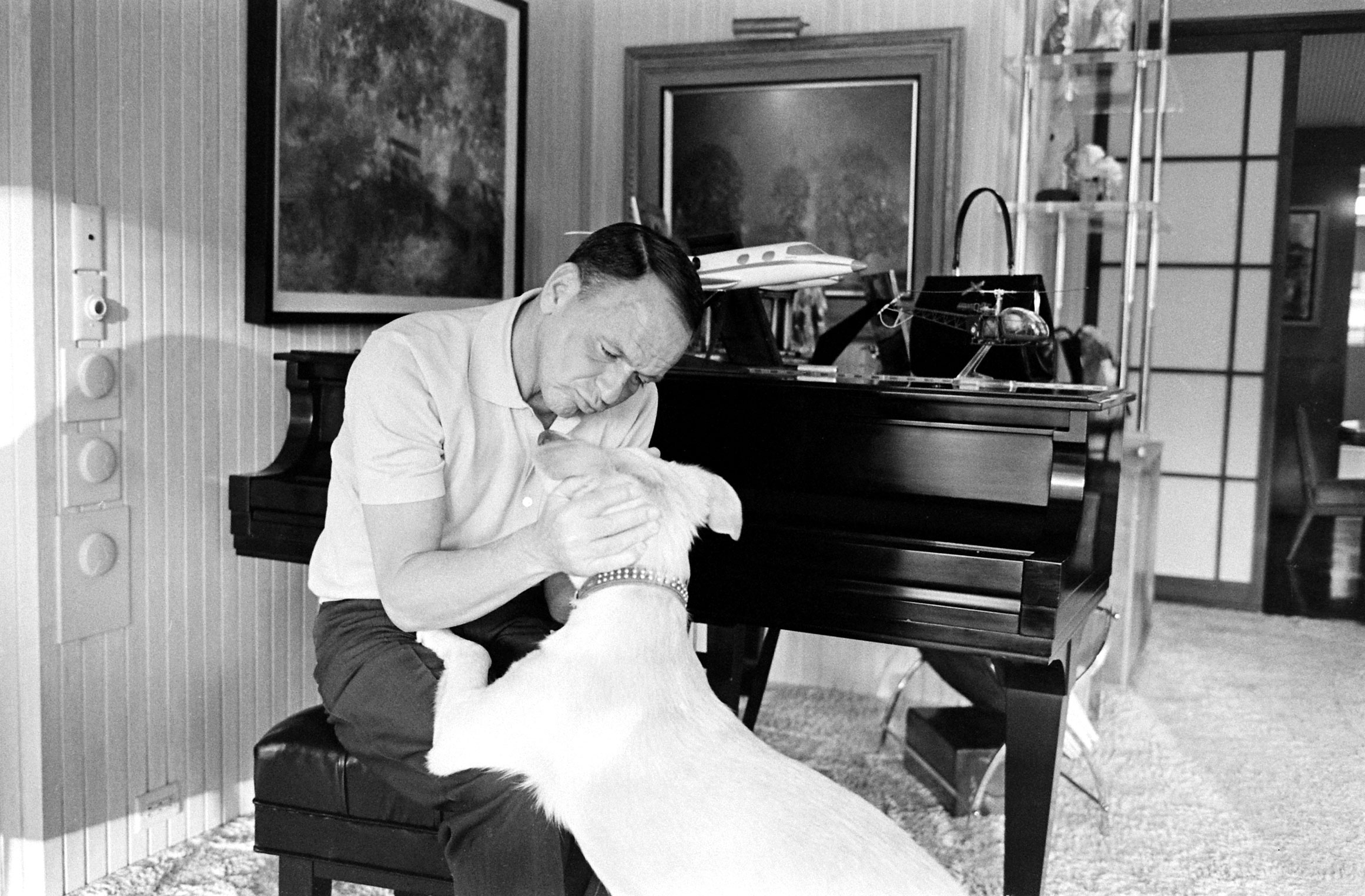

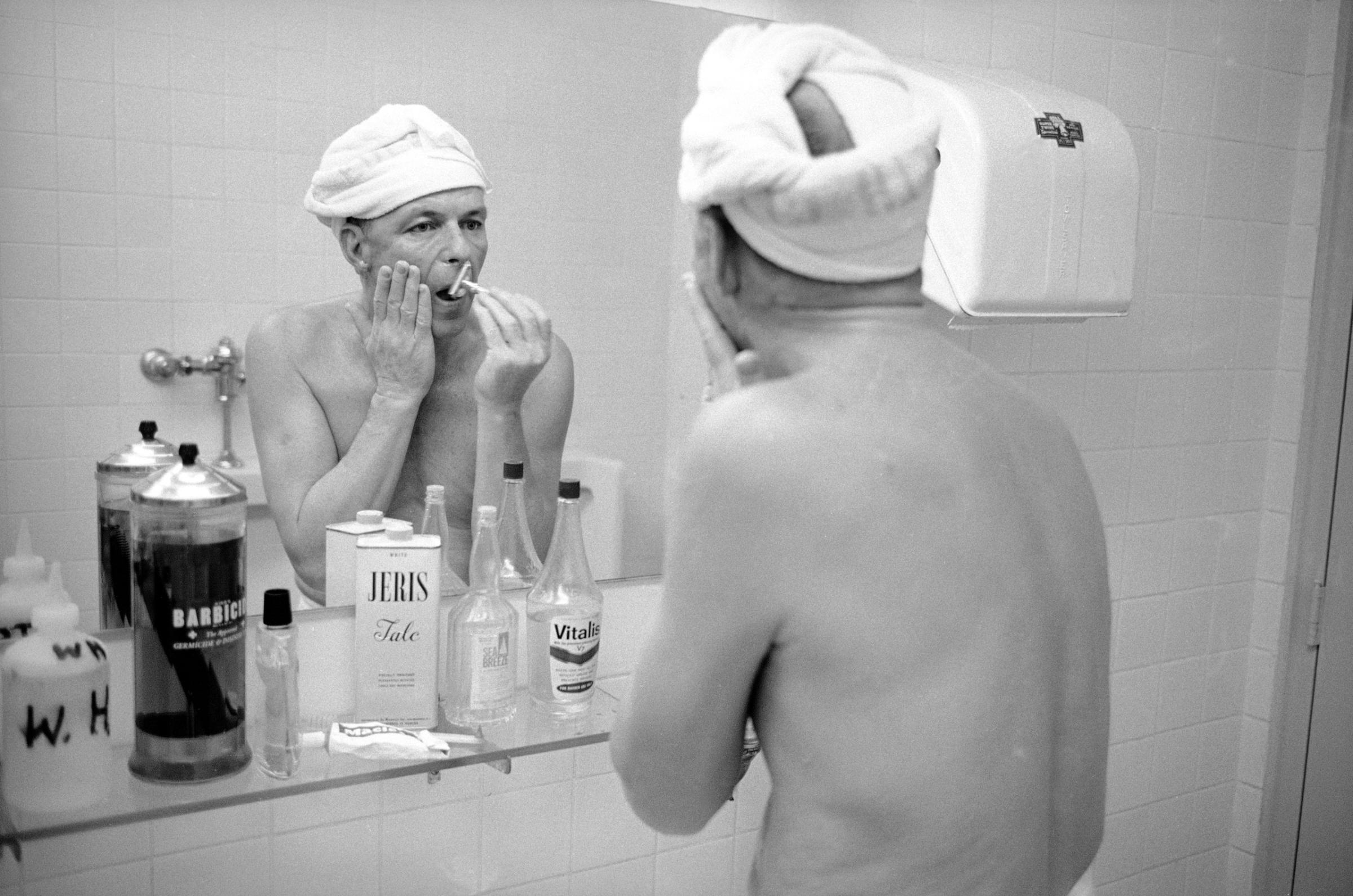

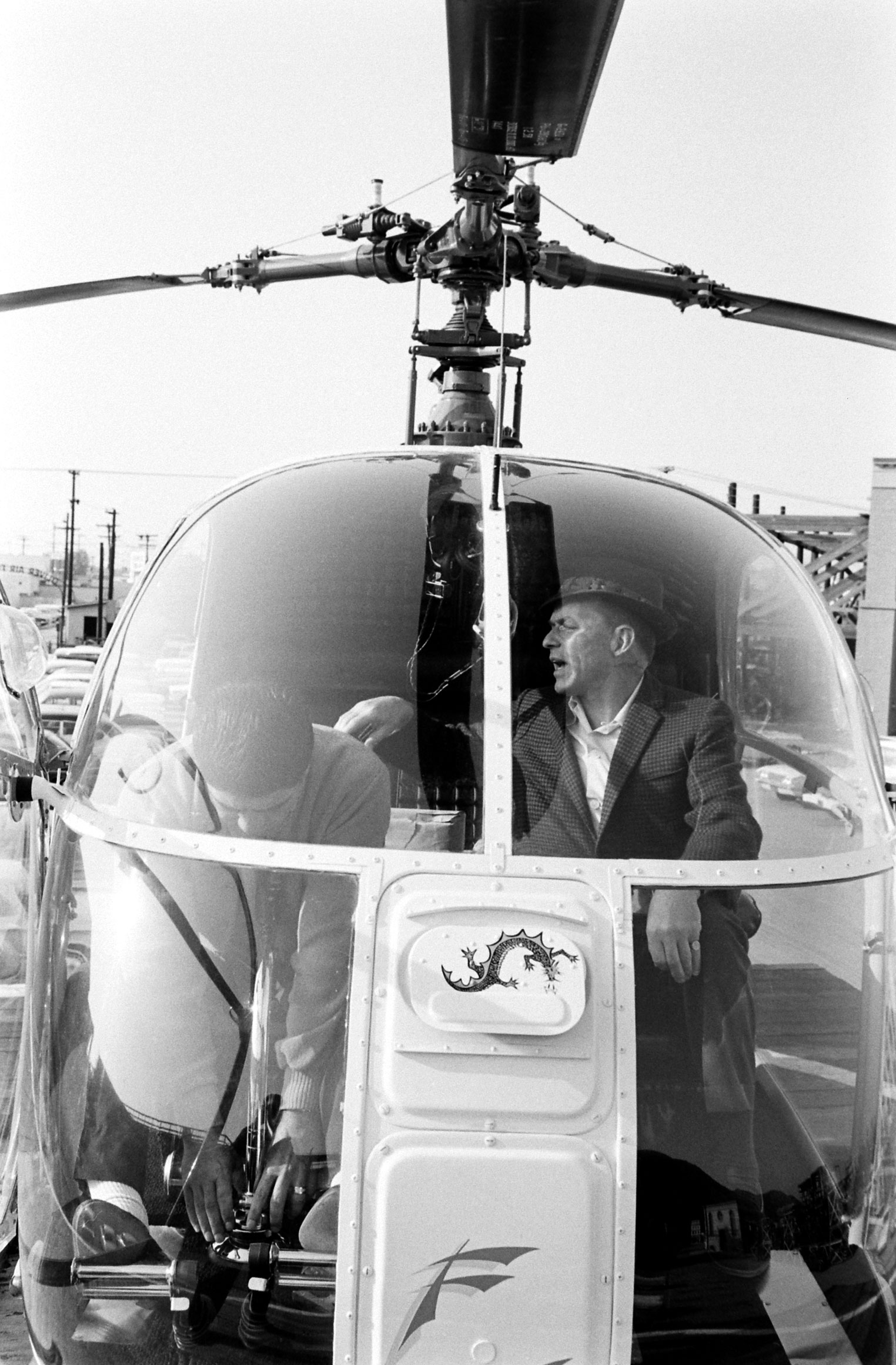
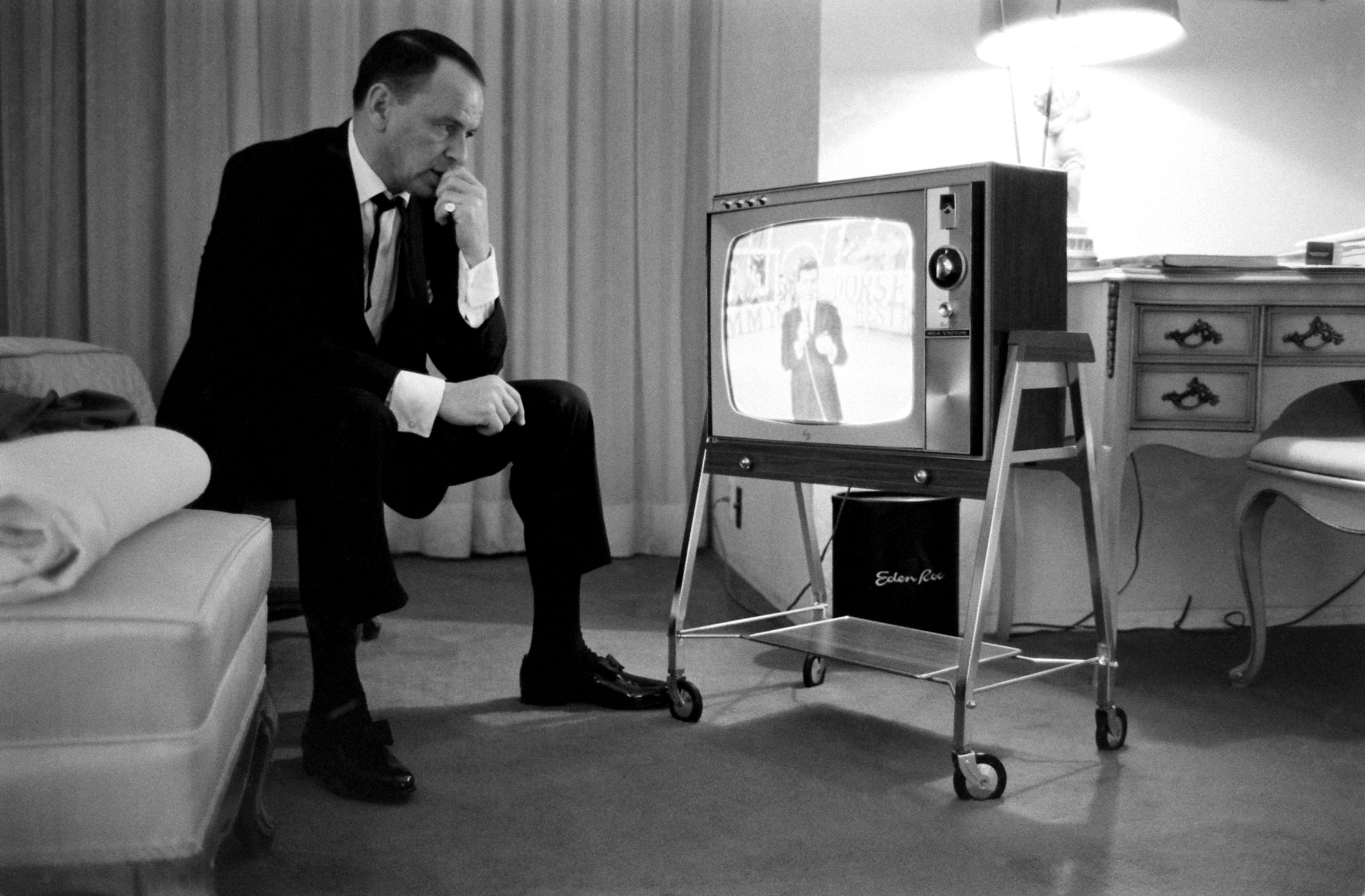
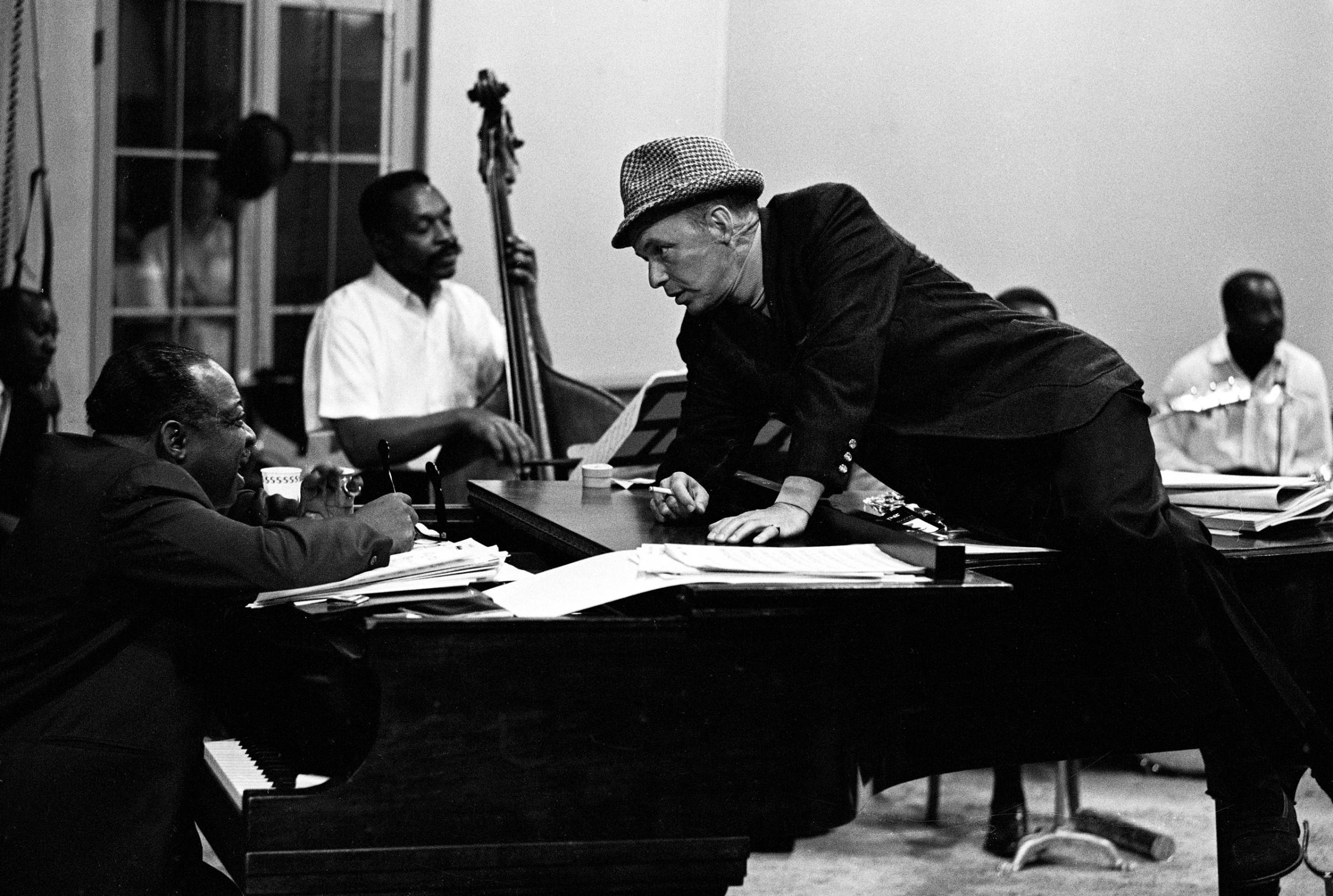
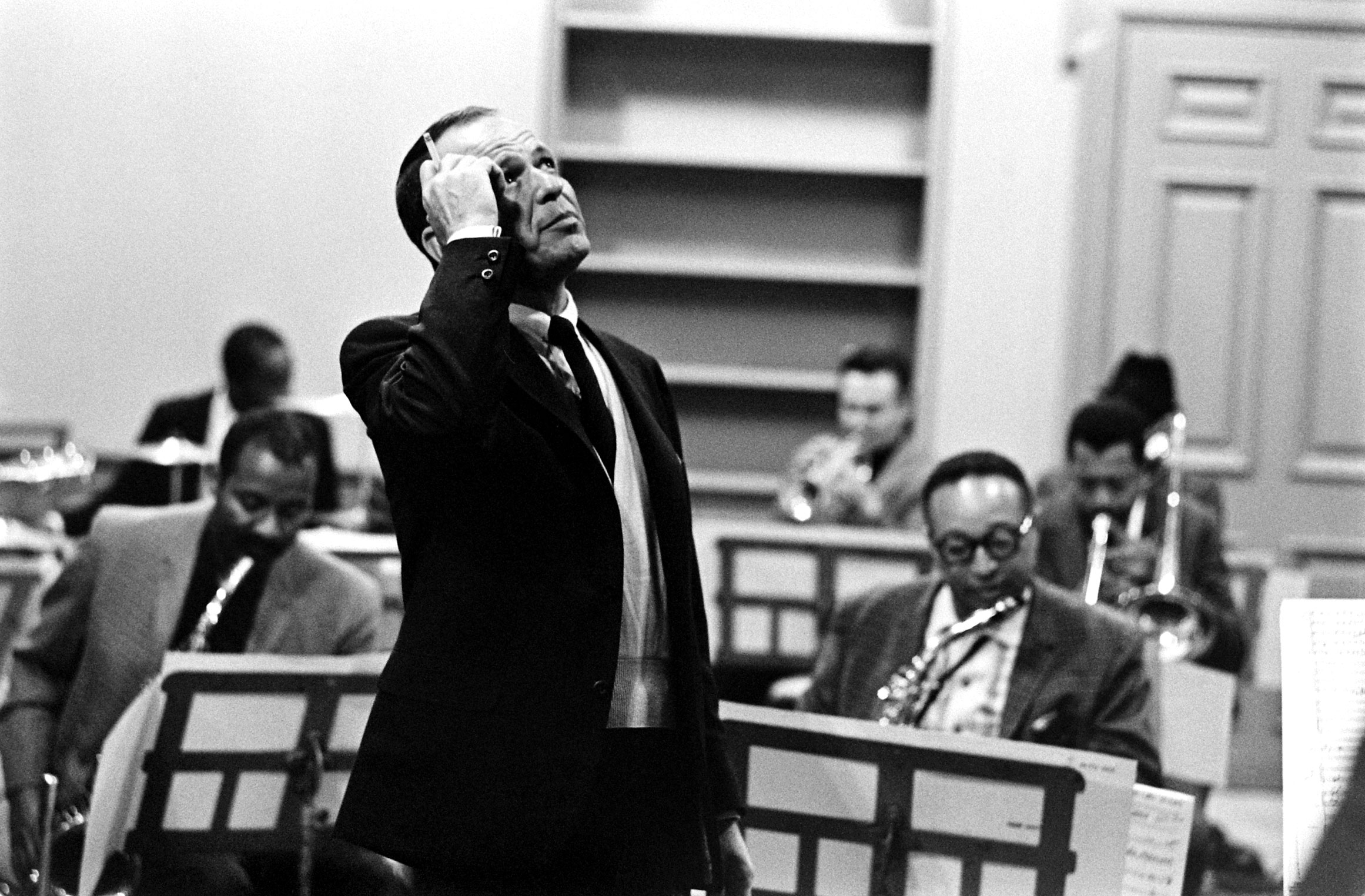
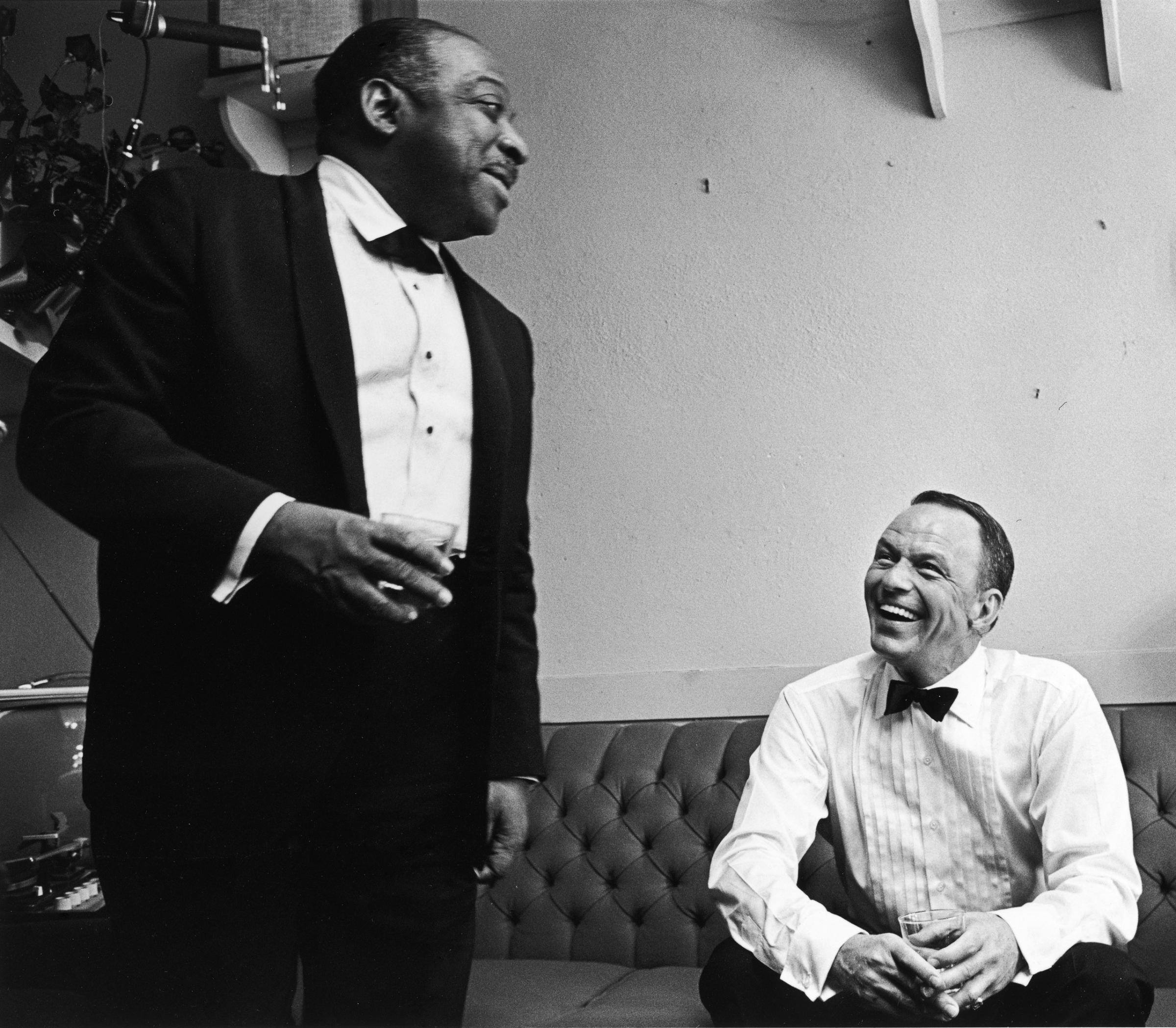
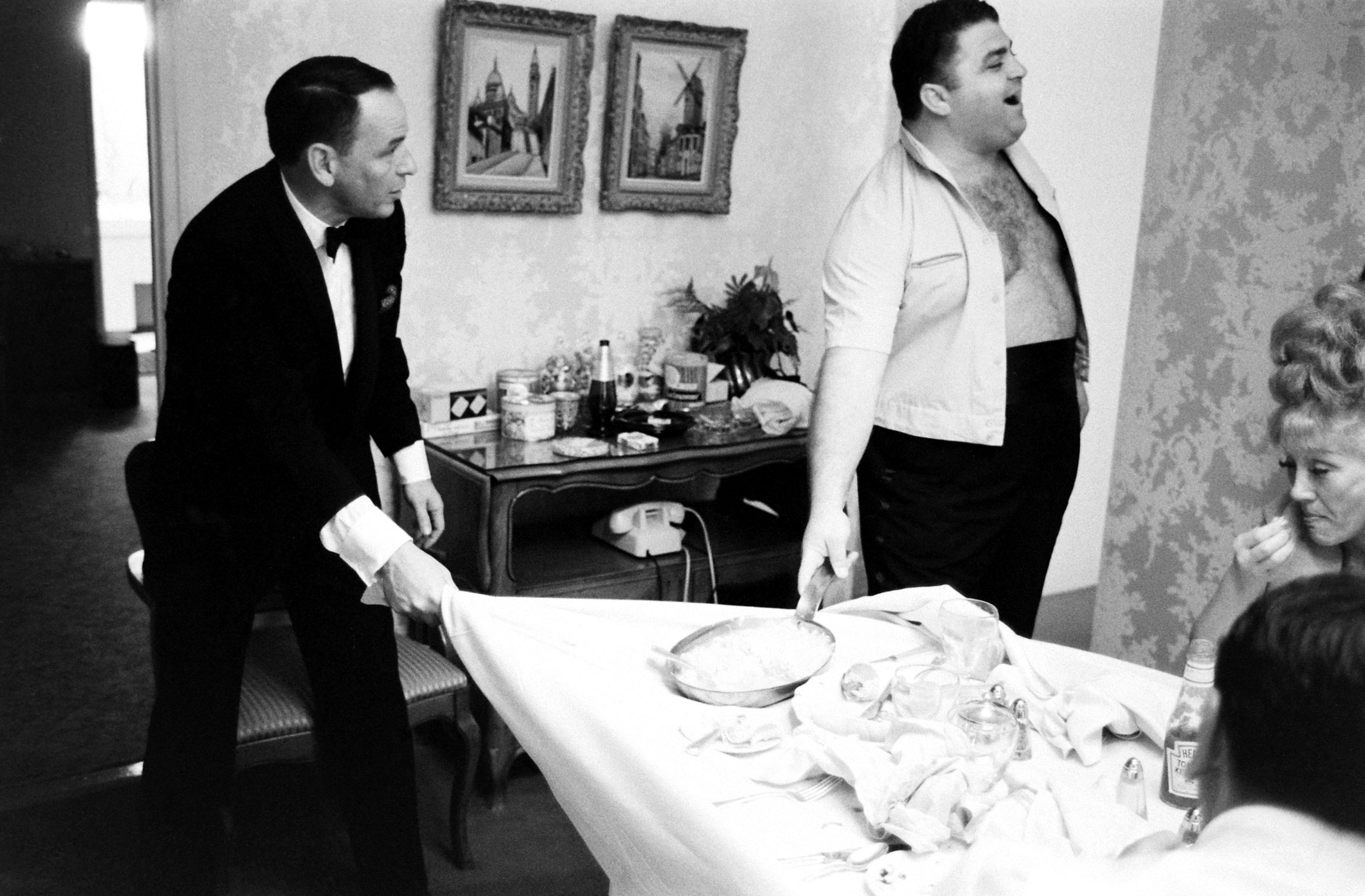

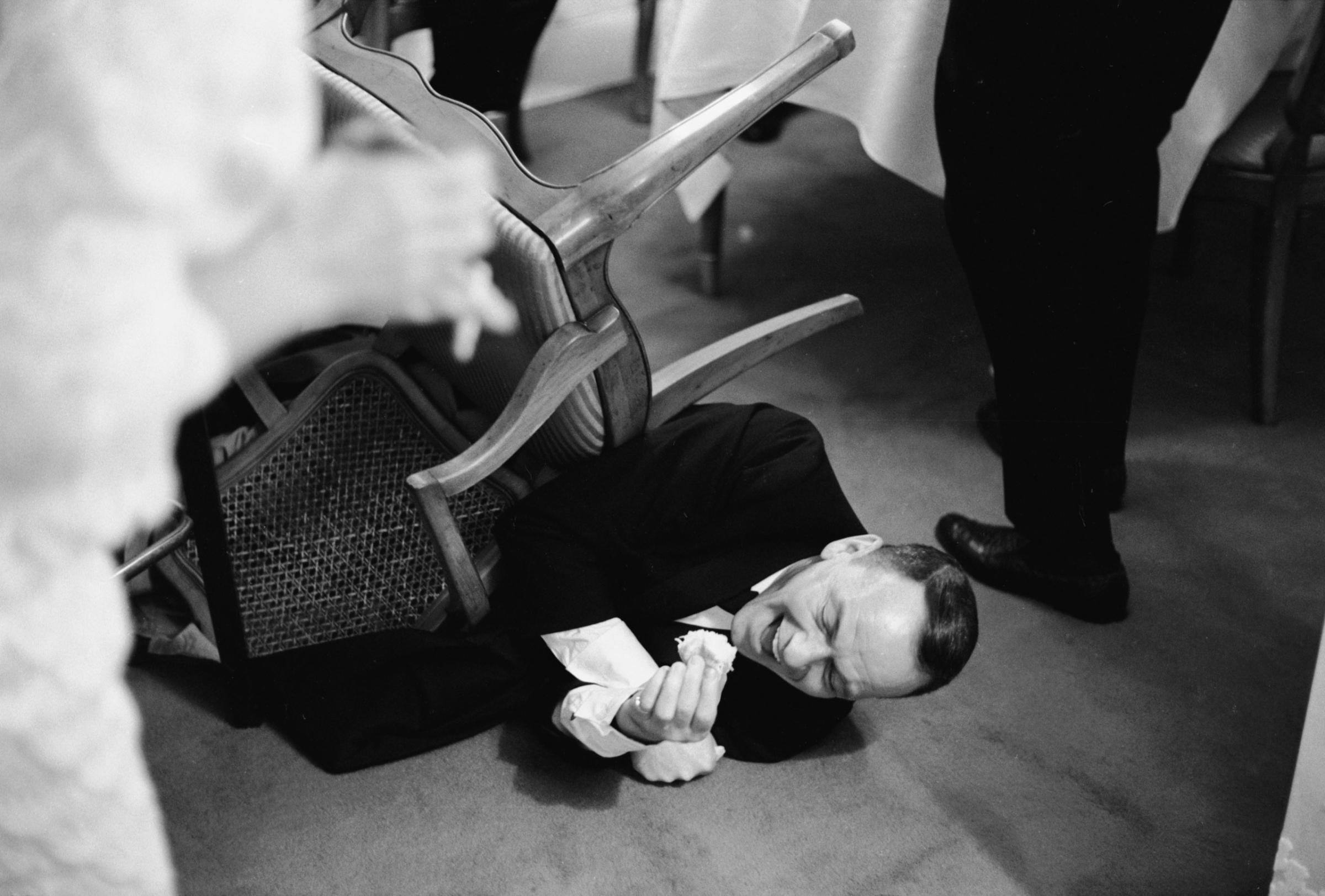

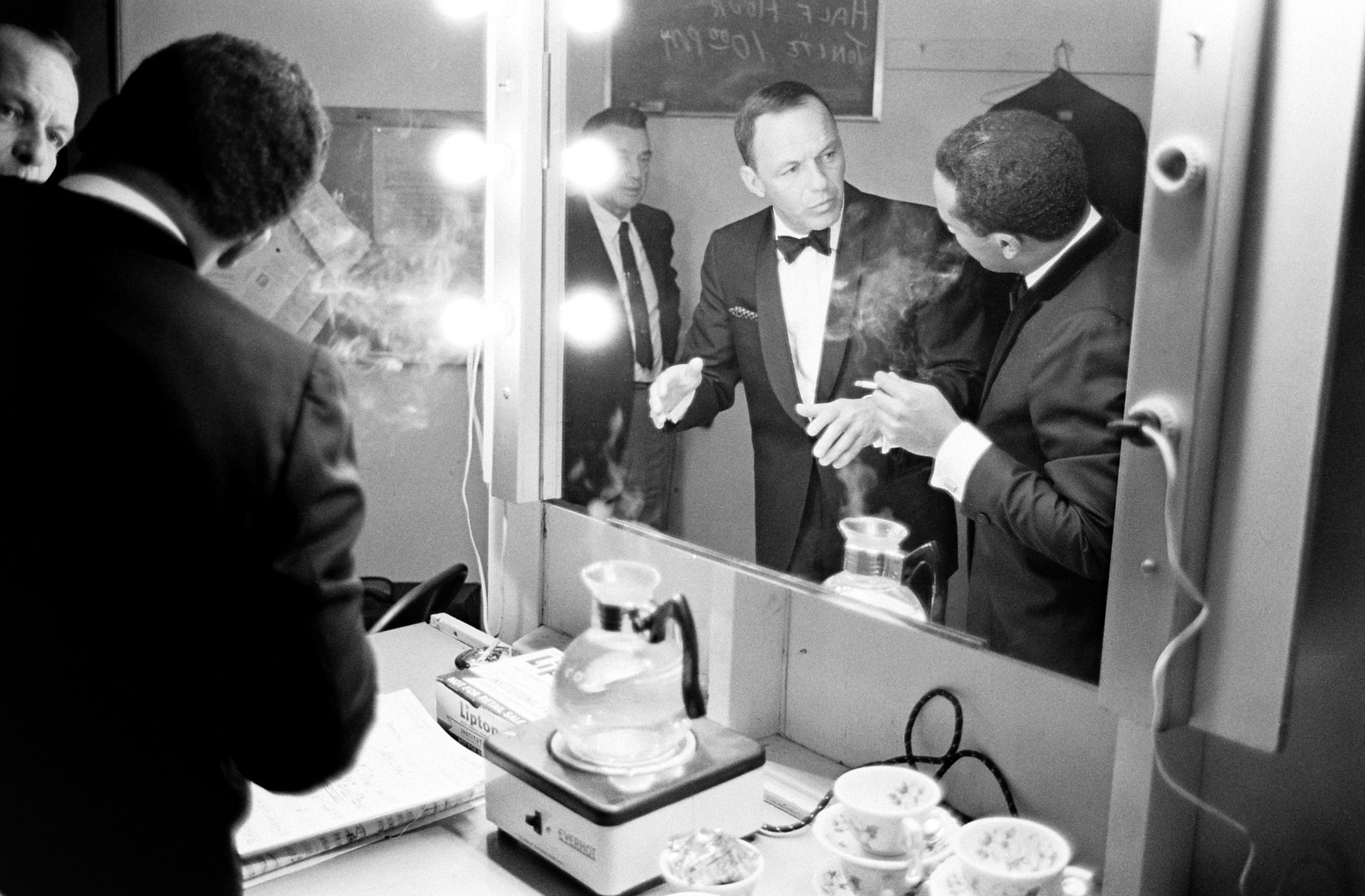
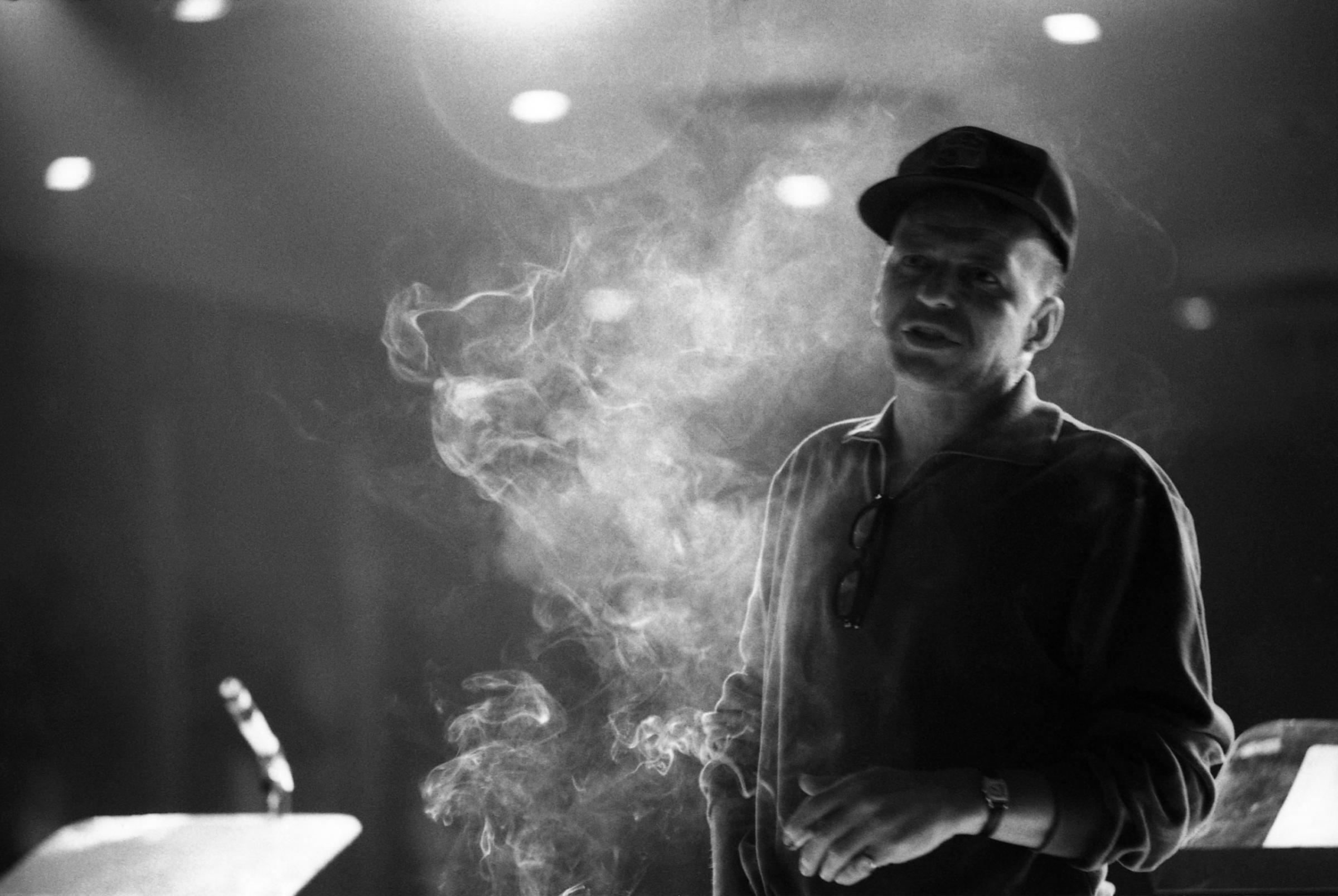

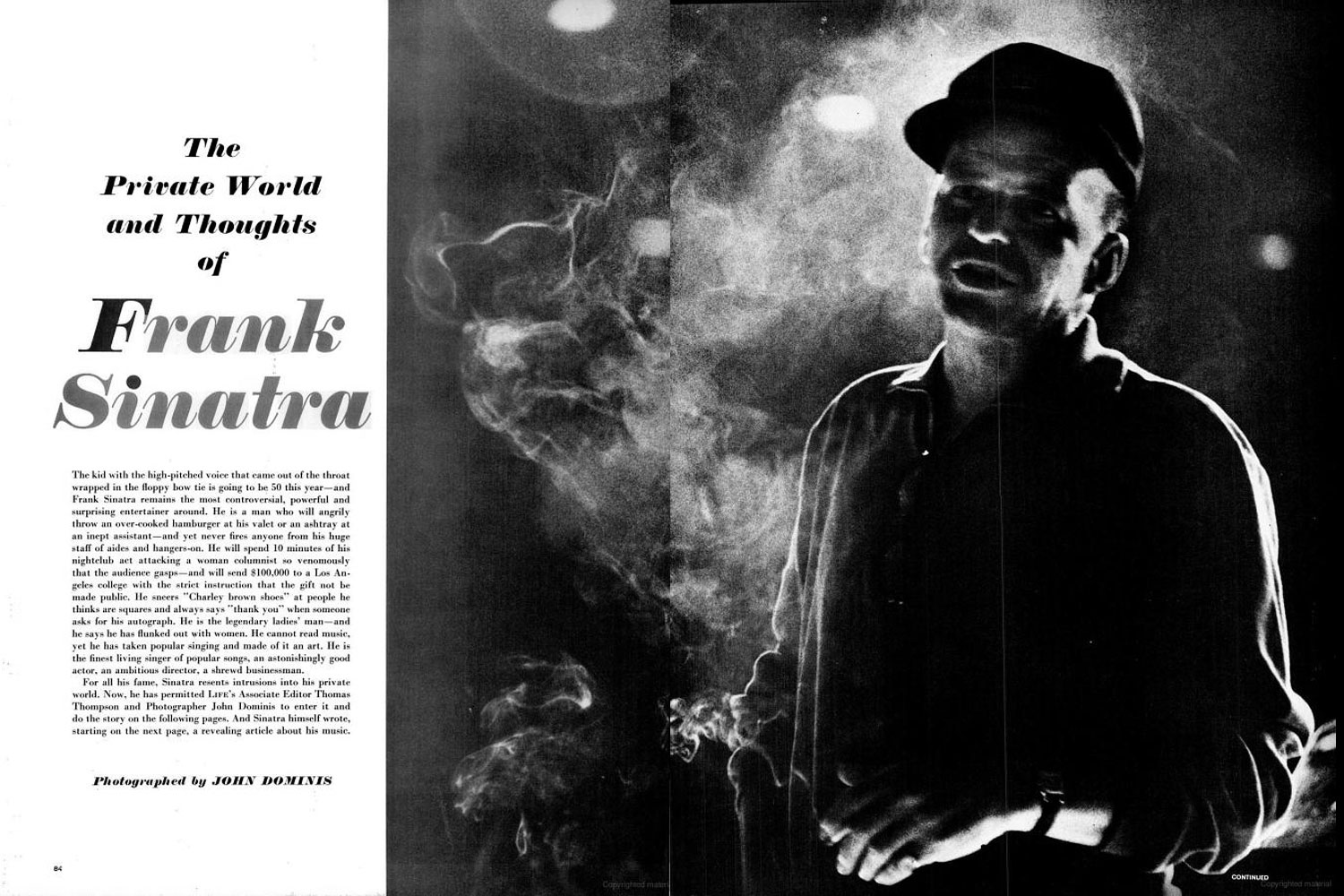

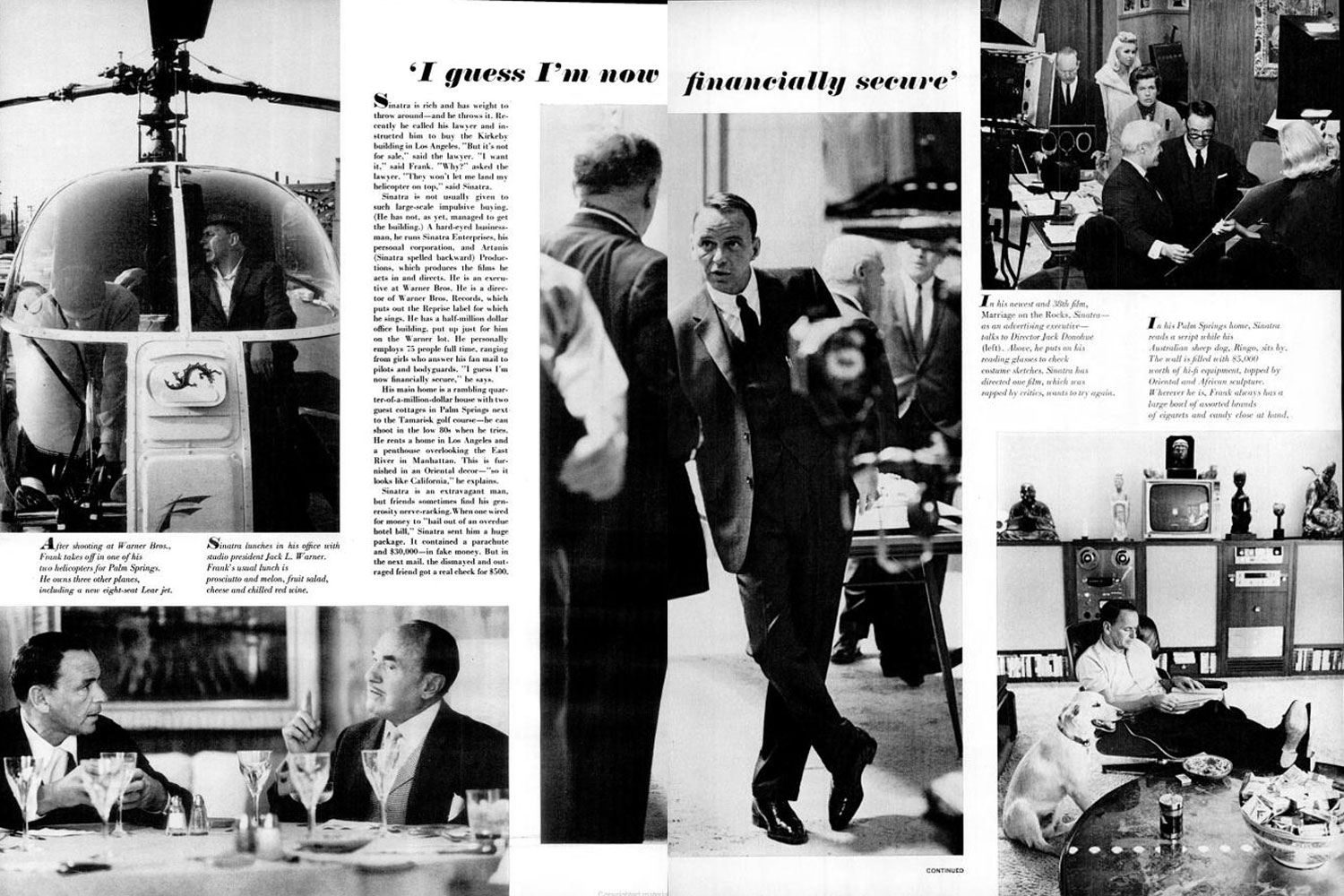
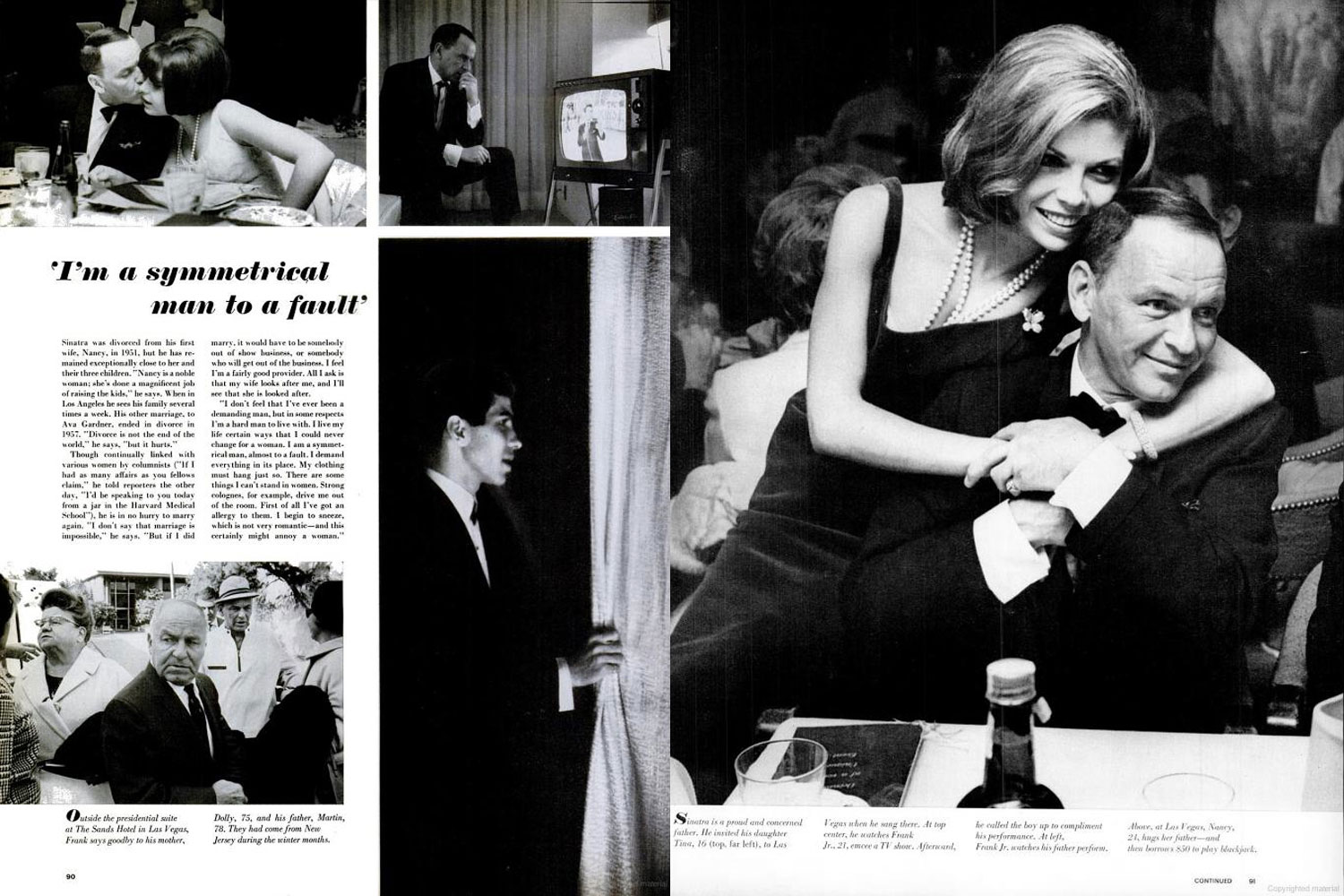
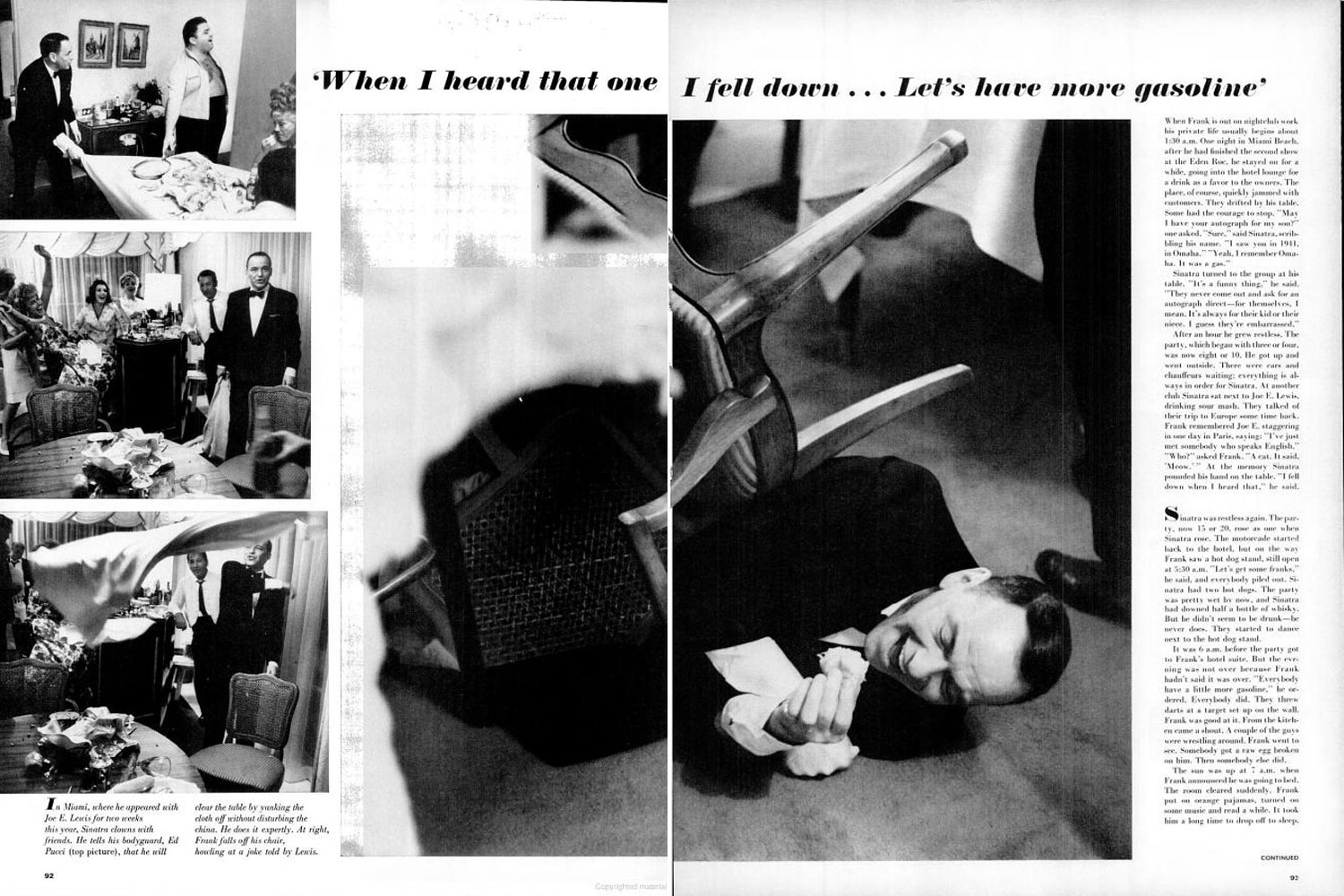
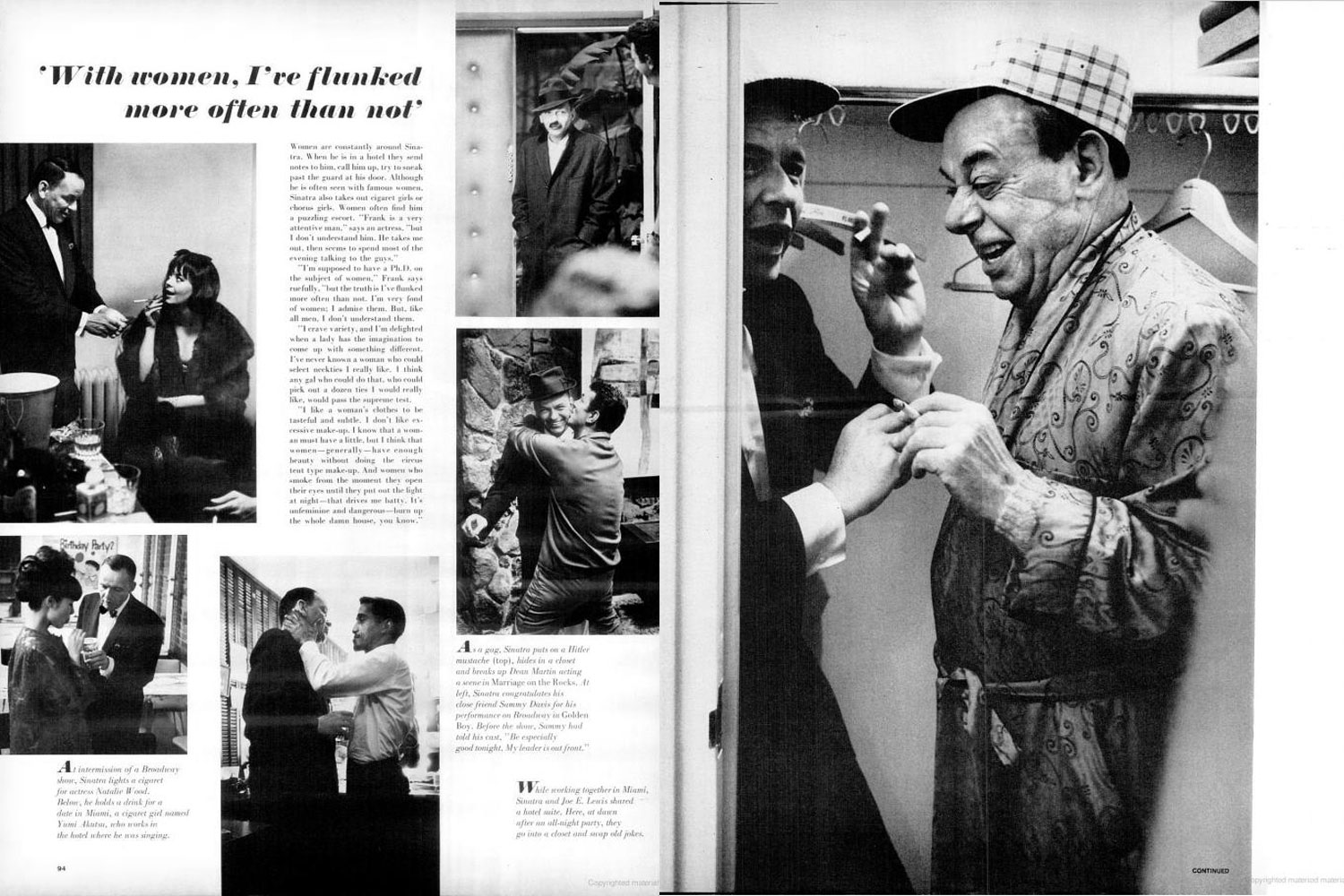
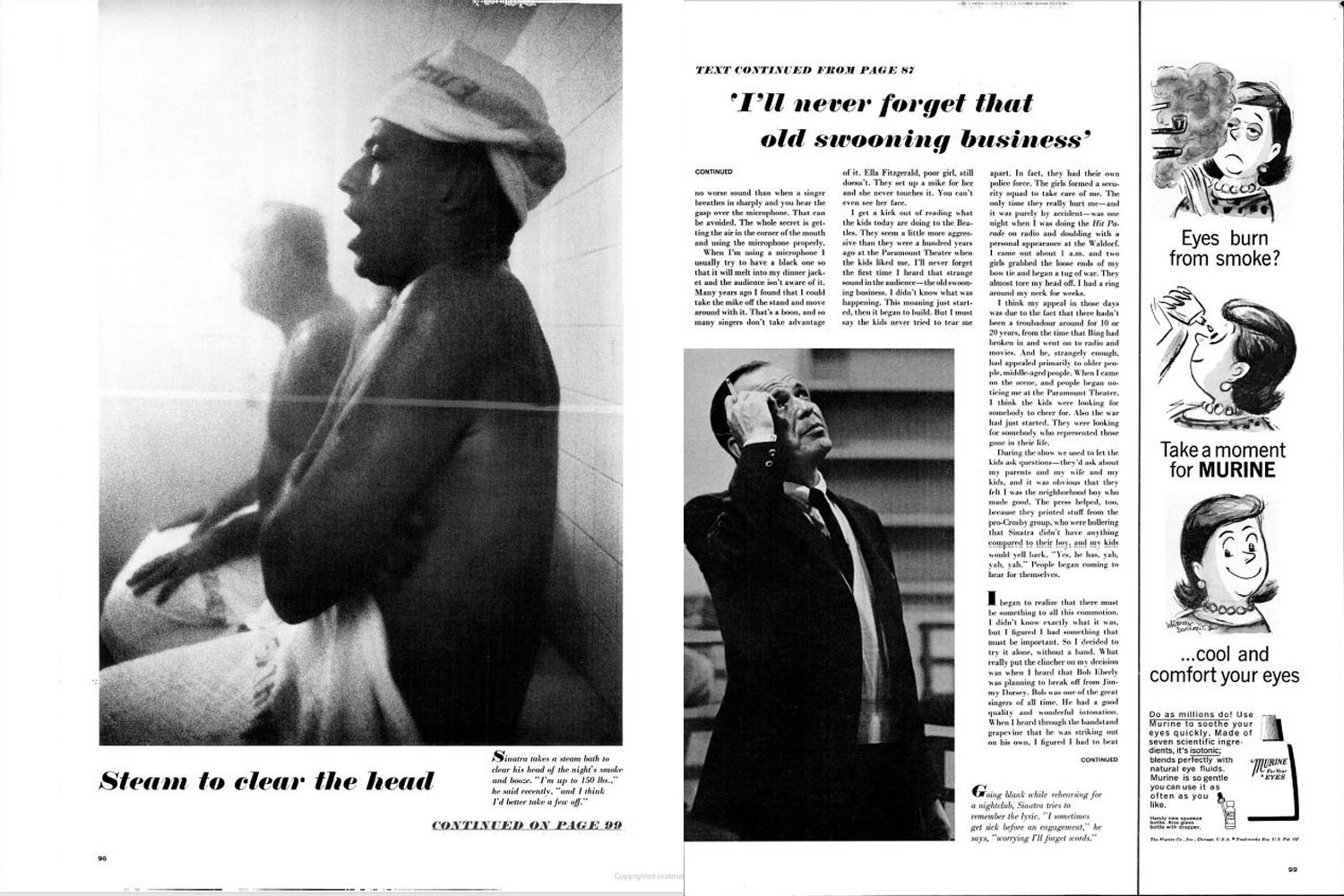
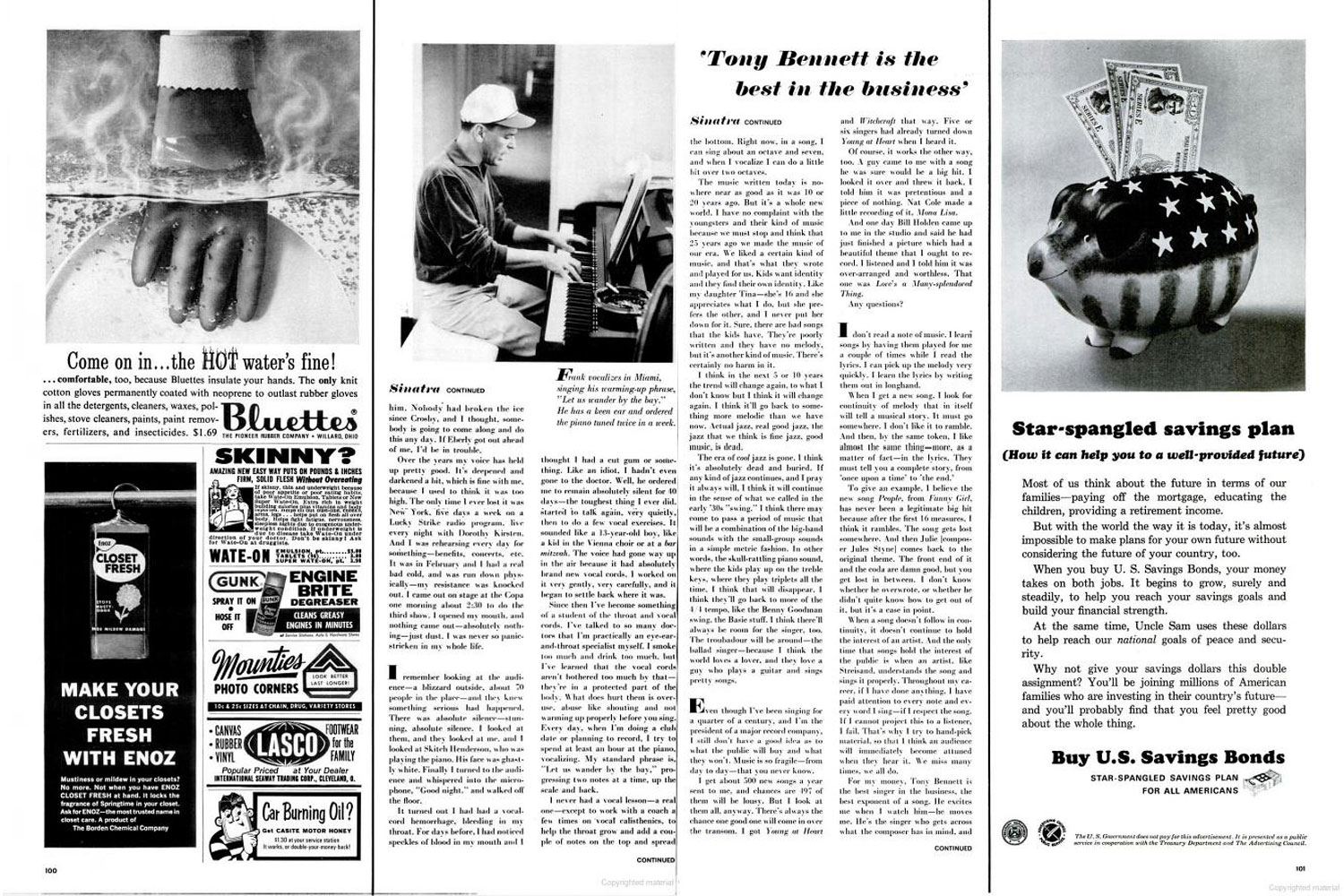

More Must-Reads from TIME
- Cybersecurity Experts Are Sounding the Alarm on DOGE
- Meet the 2025 Women of the Year
- The Harsh Truth About Disability Inclusion
- Why Do More Young Adults Have Cancer?
- Colman Domingo Leads With Radical Love
- How to Get Better at Doing Things Alone
- Michelle Zauner Stares Down the Darkness
Contact us at letters@time.com